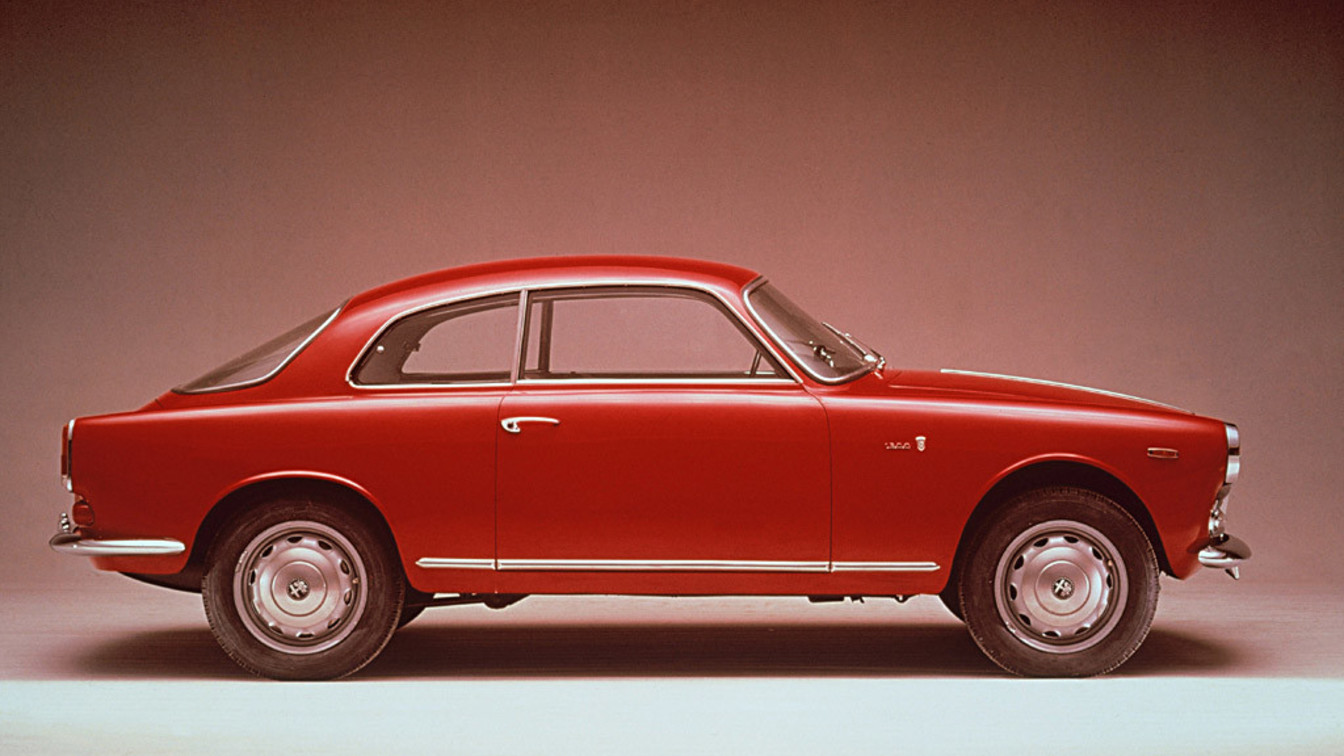
The last Alfa Romeo to bear the name Giulietta went out of production at the end of 2020. The SUV Tonale arrived in its place. A different kind of bodywork and a different name, while the history of this sedan belongs to a small group of men who combined their knowledge just under 70 years ago. One more reason to reuse the name Giulietta one day on another Alfa, recalling the popularity of a model that proved a veritable relaunch for the brand. It is a great Italian story: it was December 1951 and Giuseppe Luraghi was appointed as General Manager of Finmeccanica, the new financial group under which IRI had merged its mechanical holdings, including Alfa Romeo. Born in Lombardy, 46 years of age, he is a leading company manager in both the public and private sectors, from Finmeccanica to Lanerossi, Pirelli, SIP and Mondadori.
He described himself as “poor” in mathematics in elementary school, with a love of boxing, in which he won several tournaments as a boy: "I believe that the education I received from boxing,” he writes in his book Capi si diventa (You Become a Leader) from 1973, “has been more useful to me in my life than university education.”
A man not inclined to compromise and a visionary in the industrialization of the South, he was asked to recover the huge losses of the Milanese brand at risk of liquidation. Thus, Luraghi reinvented the modern Alfa Romeo, a company no longer only subsidized by the state but capable of competing on the markets. Ready to challenge even the might of Fiat and the Christian Democrat power of the time. Luraghi sees it like Romeo saw Juliet: a perfect love.
The financial position remained short and he was forced to make a painful decision: to give up the brand’s racing activities
In his vision, the relaunch of the brand in those early 1950s had to involve a car of compact size and power, with sporting features and above all affordable prices. The manager sought and found within the company an excellent team of technicians led by engineer Orazio Satta. However, IRI-Finmeccanica did not have the money and Luraghi bet on a German investor, Otto Wolf.
The financial position remained short and he was forced to make a painful decision: to give up the brand’s racing activities, which had just enjoyed two consecutive victories in the world championship with Farina and Fangio. The Giulietta was presented at the Turin Motor Show in 1954 but would only go into production the following year due to tuning problems. This is why the first to arrive on the market was the Giulietta Sprint, the coupé designed by Nuccio Bertone.
The sedan, 3.90 meters in length, has a twin-shaft 1.3-liter engine that guarantees performance that matches the reputation of the brand and is also comfortable for families, as is needed on the road for the imminent motorization of Italy.
At Fiat, the dominant brand in Italy, there must have been suspicions if Luraghi writes the following lines in his memoirs, cited in the great book Luraghi, l’uomo che inventò la Giulietta (Luraghi, the Man who Invented the Giulietta) by Rinaldo Gianola, who had access to the personal archive of the industry manager: “The designs for the new car were produced in secret: from the initials and numbers appropriately printed on the drawings, the third parties had to work out that it was a car with an engine capacity of 850 cubic centimeters. Thus, we managed to keep the secret (…) an exceptional case in a sector in which industrial and journalistic espionage reigns and spreads at incredible speed.”
Alfa Romeo was reborn and the Giulietta became its North Star
He continued: "To launch the program, we even had to overcome the adversity of certain directors of the same company, who declared it dangerous to provoke the dangerous competitors already established in the field of medium-sized cars.”
Alfa Romeo was reborn and the Giulietta became its North Star. The sedan was produced until 1963, the Sprint until 1965, the fantastic Spider designed by Pininfarina until 1961. And tomorrow, with this name, who knows.